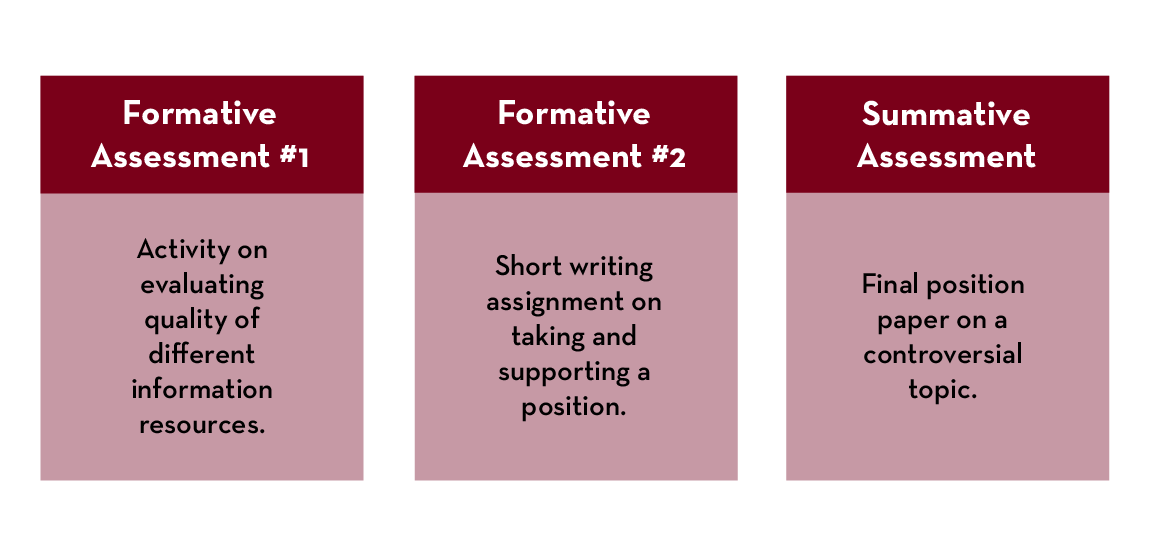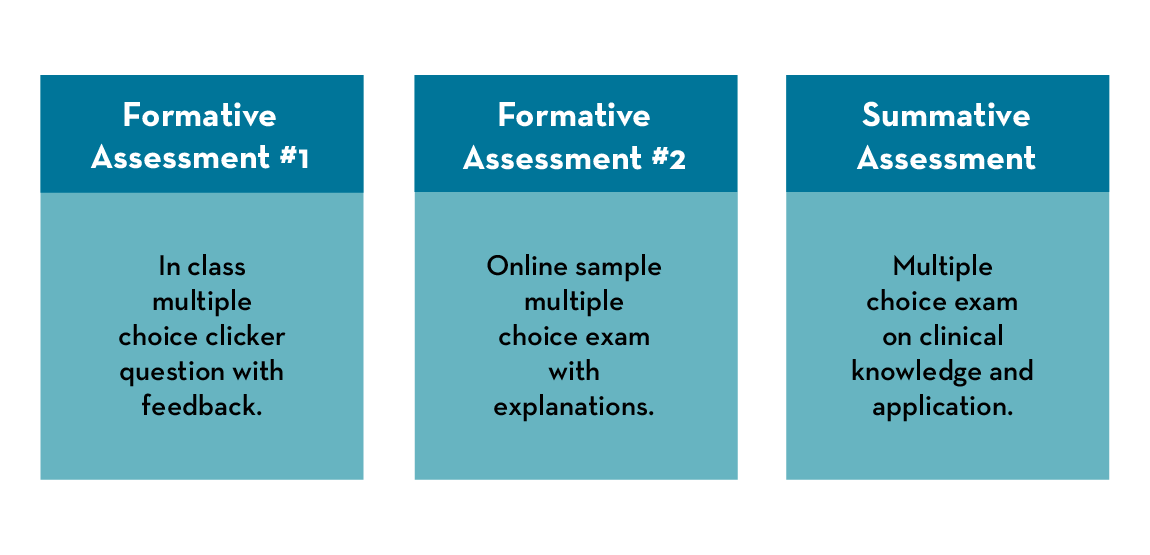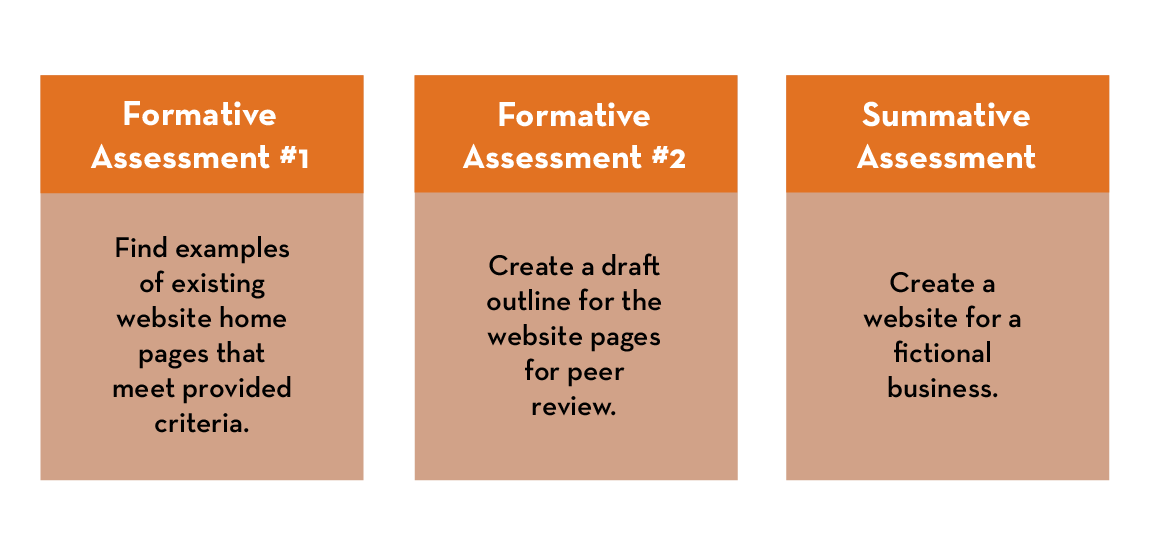How do I prepare students for assessments?
The ultimate goal of our assessments should be to promote learning for all students. To accomplish this it is important to keep in mind that students come to our courses with different levels of knowledge regarding how to learn in our disciplines. Many students use ineffective study strategies in college (Dunlosky, 2013). Supporting students ensures that students budget their study and preparation efforts appropriately.
For some, this may be a departure from the idea of assessments and courses serving to “weed out” students. Peter Elbow writes that instructors have a dual role in their teaching. One is to set the standards for competence (the “gatekeeper” role) and the other is to support students to achieve the standards we have set (the “ally” role). In the gatekeeper role we can set high standards in our course and in our ally role we endeavor to help all students achieve those standards (Elbow, 1983).
Suggestions for preparing students for assessments
- Be transparent in your expectations. This includes communicating which learning aims will be tested and to what standards.
- Use formative assessments to provide practice with feedback for summative and high stakes assessments.
- Use rubrics whenever possible and provide them in advance.
- Teach what “good preparation” looks like in your discipline.
- Encourage students to reflect on their assessment preparation process.
Be transparent in your expectations
Communicate to students:
- Which learning aims will be tested on your assessments.
- The format and logistics for the assessment.
- The standards and level of detail that will be required.
In the real world-unlike schools-there is little if any secrecy about the goals or the criteria for success.
Wiggins and McTighe, P. 154
Rather than telling students what will be “on” an assessment, tell them what they should be able to “do” in the assessment. For example, instead of telling students that the exam will cover chapters 10 – 14, reframe this in terms of the appropriate learning outcomes e.g. For the following list of drugs be able to identify their molecular target, their effect on the target, the role of the target in a physiological process, intended and unintended effects. This allows students to prepare in a way that aligns their efforts with your stated learning aims.
Additional examples
- Learning aim study guide for chemical engineering assessment (Michael Prince - Bucknell)
- Learning aim study guide for civil engineering assessment (Dave Saftner - UMTC)
Use formative assessments
- Use formative assessments to prepare students for summative assessments.
- Design formative assessments to provide students with practice for summative assessments.
- Use formative assessments to provide students with feedback on their readiness for a high-stakes assessment.
Examples



Create grading rubrics and provide them to students in advance
Grading rubrics support students by:
- Indicating the most important elements of an assignment or assessment and possibly their relative weight.
- Describing the standards to which students will be held.
- Providing structure for study and preparation activities.
Types of rubrics
From Designing and Using Rubrics from the Center for Writing.
- Holistic rubrics - stress an overall evaluation of the work by creating single-score categories.
- Analytic rubrics - stress the weight of different criteria or traits, such as content, organization, use of conventions, etc. Most analytic rubrics are formatted as grids.
- Generic rubrics - can take holistic or analytic forms. In generic rubrics, the grading criteria are generalized in such a way that the rubric can be used for multiple assignments and/or across multiple sections of courses.
- Task-specific rubrics - closely align the grading criteria with the language and specifications in the assignment prompt.
Web resource: Designing and Using Rubrics (Center for Writing, UMTC)
Reference: Allen, D., & Tanner, K. (2006). Rubrics: Tools for Making Learning Goals and Evaluation Criteria Explicit for Both Teachers and Learners, CBE-Life Sciences Education, 5(3), 197 - 203.
Encourage students to reflect on their assessment preparation process
Encourage student metacognition by asking them to reflect on their assessment study and preparation approach with a goal of making changes to improve on the next assessment. This works best when assigned immediately after receiving assessment performance scores and feedback.
Post-Test Analysis
Post-Test Analysis is a technique to use to help students reflect on their exam preparation and performance and is explained in the following video.